
Castle Bruce: Gateway to Dominica's Natural Wonders
Discover Castle Bruce in Dominica: A serene village offering pristine beaches, lush rainforests, and a rich cultural heritage. Perfect for nature lovers and adventure seekers.
Castle Bruce, located on the east coast of Dominica, is a hidden gem known for its natural beauty and serene environment. This small village offers a unique blend of lush landscapes, pristine beaches, and a rich cultural heritage, making it a perfect destination for nature lovers and adventure seekers alike. The village is surrounded by dense rainforests, cascading waterfalls, and scenic trails that are ideal for hiking and exploring. One of the main attractions is the Castle Bruce Beach, a long stretch of golden sand where you can relax and enjoy the soothing sounds of the Atlantic Ocean. The nearby Emerald Pool, a stunning waterfall and swimming hole, is a must-visit spot for a refreshing dip in crystal-clear waters. Castle Bruce is also a gateway to the Carib Territory, home to the indigenous Kalinago people. Here, visitors can immerse themselves in the local culture, learn about traditional crafts, and experience the warm hospitality of the community. The village's laid-back atmosphere and friendly locals make it an inviting place to unwind and connect with nature. For those interested in local cuisine, Castle Bruce offers a taste of authentic Dominican flavors. Fresh seafood, tropical fruits, and locally grown produce are staples in the village's simple yet delicious dishes. Don't miss the opportunity to try a traditional Creole meal while enjoying the picturesque surroundings.
Local tips in Castle Bruce
- Visit the Castle Bruce Beach early in the morning for a peaceful and uncrowded experience.
- Carry insect repellent when exploring the rainforests to keep mosquitoes at bay.
- Hire a local guide to get the most out of your visit to the Carib Territory and learn about Kalinago culture.
- Try to visit the local markets for fresh fruits and handmade crafts, supporting the local economy.
- Always carry a reusable water bottle to stay hydrated during your hikes and outdoor activities.
Castle Bruce: Gateway to Dominica's Natural Wonders
Castle Bruce, located on the east coast of Dominica, is a hidden gem known for its natural beauty and serene environment. This small village offers a unique blend of lush landscapes, pristine beaches, and a rich cultural heritage, making it a perfect destination for nature lovers and adventure seekers alike. The village is surrounded by dense rainforests, cascading waterfalls, and scenic trails that are ideal for hiking and exploring. One of the main attractions is the Castle Bruce Beach, a long stretch of golden sand where you can relax and enjoy the soothing sounds of the Atlantic Ocean. The nearby Emerald Pool, a stunning waterfall and swimming hole, is a must-visit spot for a refreshing dip in crystal-clear waters. Castle Bruce is also a gateway to the Carib Territory, home to the indigenous Kalinago people. Here, visitors can immerse themselves in the local culture, learn about traditional crafts, and experience the warm hospitality of the community. The village's laid-back atmosphere and friendly locals make it an inviting place to unwind and connect with nature. For those interested in local cuisine, Castle Bruce offers a taste of authentic Dominican flavors. Fresh seafood, tropical fruits, and locally grown produce are staples in the village's simple yet delicious dishes. Don't miss the opportunity to try a traditional Creole meal while enjoying the picturesque surroundings.
When is the best time to go to Castle Bruce?
Iconic landmarks you can’t miss
Fort Shirley
Discover the rich colonial history and stunning views at Fort Shirley, a historical landmark in Portsmouth, Dominica.
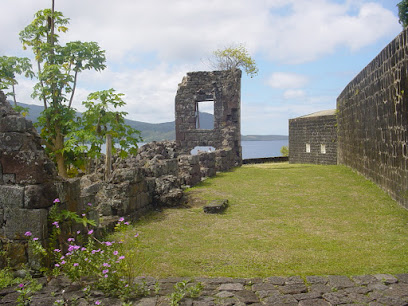
Kalinago Barana Aute
Explore the vibrant culture and heritage of the Kalinago people at Kalinago Barana Aute, a unique cultural center in Dominica.

Jacko Falls
Explore the breathtaking beauty of Jacko Falls, a nature preserve in Pont Cassé, featuring stunning waterfalls, vibrant wildlife, and serene walking trails.
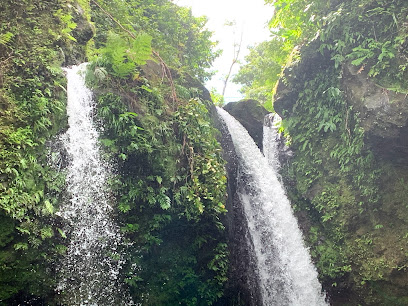
Morne Bruce Viewpoint
Experience breathtaking views and tranquility at Morne Bruce Viewpoint in Roseau, Dominica – a must-visit for nature lovers and photographers alike.
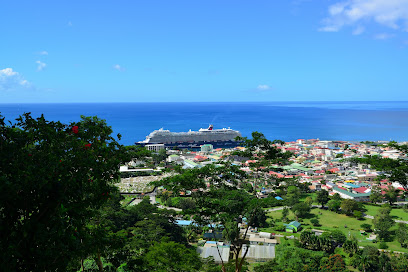
Spanny Falls
Experience the breathtaking beauty of Spanny Falls in Marigot, a natural paradise perfect for relaxation and adventure in Dominica.
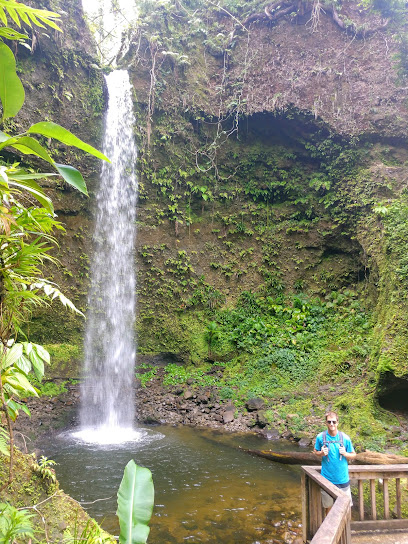
Central Forest Reserve
Explore the lush landscapes and vibrant wildlife of Central Forest Reserve, a national treasure for nature lovers in Mero.
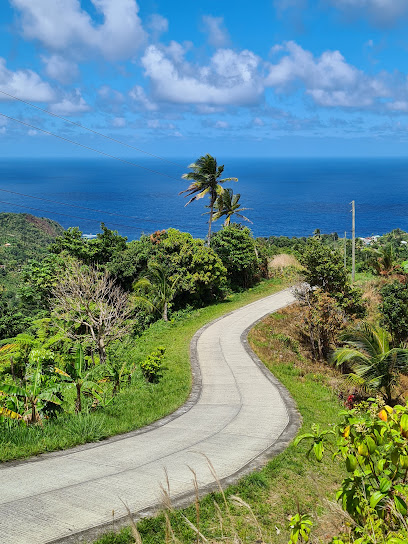
Islet View Restaurant & Bar
Experience the delectable flavors of the Caribbean at Islet View Restaurant & Bar, where breathtaking ocean views meet culinary delights in Castle Bruce.
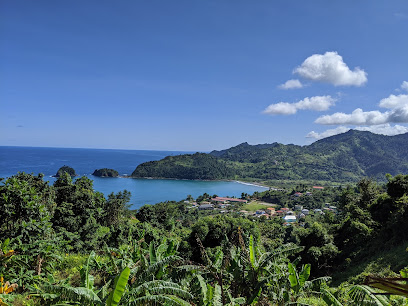
Morne Bruce Cross
Explore Morne Bruce Cross: A Historical Landmark Offering Stunning Views and Rich Cultural Insights in Roseau, Dominica.

Castle Bruce Park
Discover the natural beauty of Castle Bruce Park in Dominica, where lush landscapes and stunning views await nature lovers and adventurers alike.
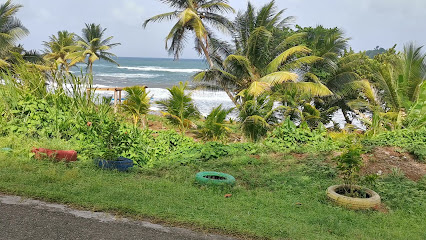
Wavine Cyrique Falls
Explore the stunning Wavine Cyrique Falls in Rosalie, a hidden gem offering breathtaking views and a refreshing escape into nature.
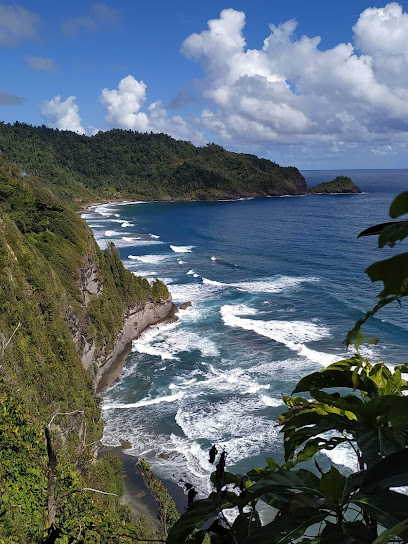
Morne Bruce
Experience breathtaking vistas and the tranquility of nature at Morne Bruce, Dominica's serene upland paradise overlooking Roseau.
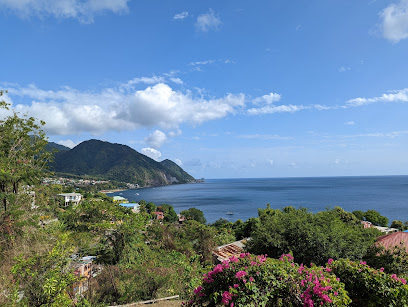
Brian's Apartment
Discover the charm of Castle Bruce at Brian's Apartment, a cozy guest house offering comfort and easy access to Dominica's stunning attractions.

Castle Bruce Secondary School
Discover the essence of community and education at Castle Bruce Secondary School, a symbol of hope and growth in beautiful Dominica.

Castle Bruce River
Discover the stunning beauty and tranquility of Castle Bruce River in Dominica, a true paradise for nature lovers and adventure seekers alike.

Castle Bruce Bus Stop
Discover the charm of Dominica from the Castle Bruce Bus Stop, your starting point for unforgettable adventures and cultural experiences.
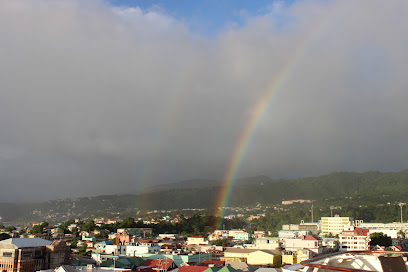
Unmissable attractions to see
Dominica Botanical Gardens
Explore the breathtaking beauty of Dominica Botanical Gardens, where tropical flora meets serene pathways in the heart of Roseau.
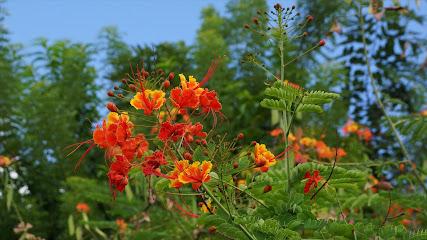
Emerald Pool
Explore the breathtaking Emerald Pool in Dominica, a stunning natural wonder with crystal-clear waters and lush rainforest surroundings.
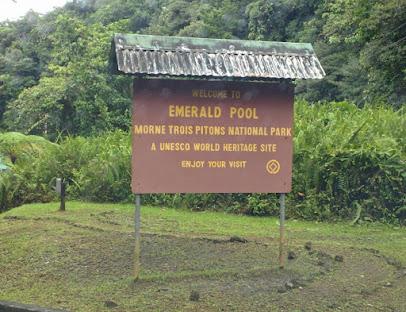
Trafalgar Falls
Explore the breathtaking beauty of Trafalgar Falls in Dominica, where nature's wonders await in stunning tropical surroundings.
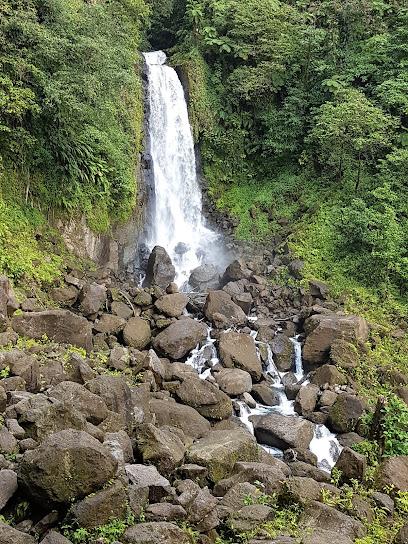
Titou Gorge
Experience the breathtaking beauty of Titou Gorge in Laudat, Dominica - a hidden gem for nature lovers and adventure seekers.
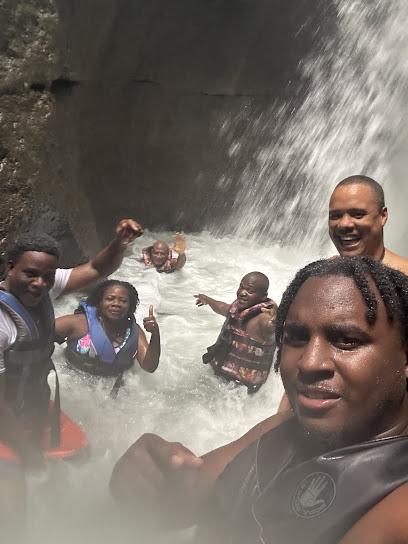
Mero Beach
Discover the breathtaking beauty of Mero Beach, a tranquil paradise on Dominica's west coast, perfect for relaxation and adventure.

Cabrits National Park
Discover the stunning landscapes and rich history of Cabrits National Park, a must-visit destination in Dominica for nature and adventure lovers.

Kalinago Barana Aute
Explore the Kalinago Barana Aute, a cultural center that brings the vibrant heritage of Dominica's indigenous Kalinago people to life through exhibits and storytelling.
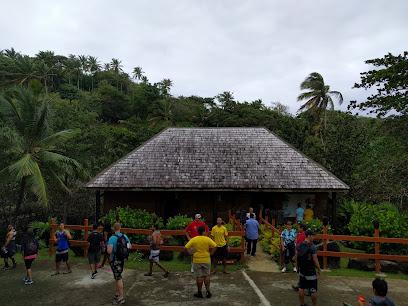
Morne Trois Pitons National Park
Discover the breathtaking landscapes and diverse wildlife at Morne Trois Pitons National Park, a UNESCO World Heritage Site in Dominica.
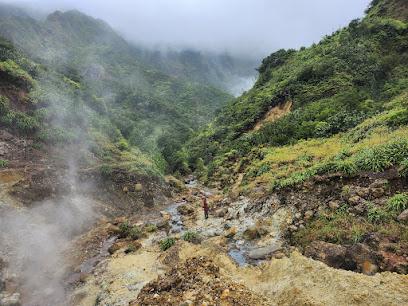
Red Rocks
Experience breathtaking views, vibrant marine life, and tranquility at Red Rocks, a stunning tourist attraction in Calibishie, Dominica.
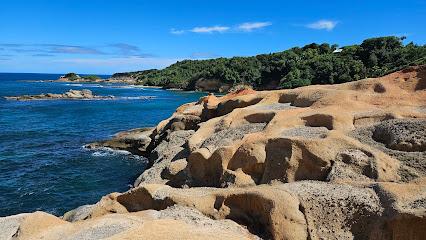
Extreme Dominica - Canyon Experience
Experience the thrill of canyoning in Dominica's stunning landscapes, where adventure meets nature's beauty in a breathtaking journey.
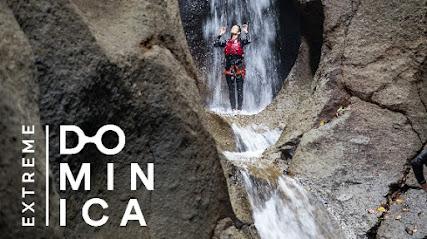
Bubble Beach Spa
Experience ultimate relaxation and natural beauty at Bubble Beach Spa in Soufrière, Dominica, where rejuvenation meets stunning coastal views.

The Old Mill Cultural Centre
Explore Dominica's rich cultural heritage at The Old Mill Cultural Centre, a captivating historical museum in Canefield showcasing local traditions and history.
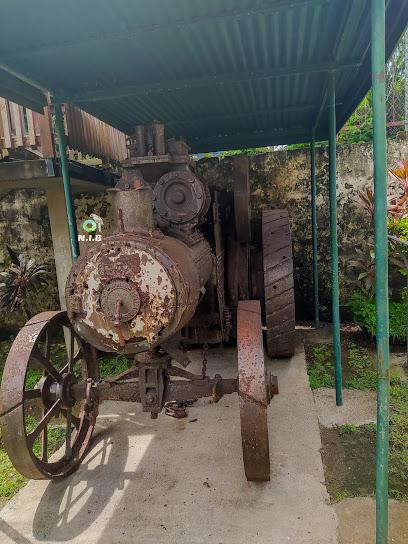
Sulfur Springs
Experience the therapeutic benefits and stunning beauty of Sulfur Springs in Wotten Waven, a geothermal wonder in the heart of Dominica.
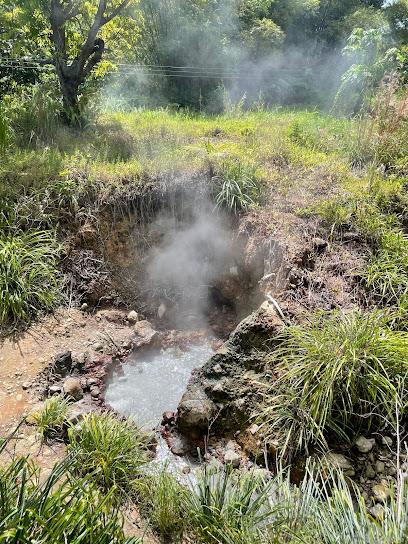
Papillote Tropical Gardens
Explore the lush beauty of Papillote Tropical Gardens in Trafalgar, Dominica, a must-visit destination for nature lovers and photographers alike.
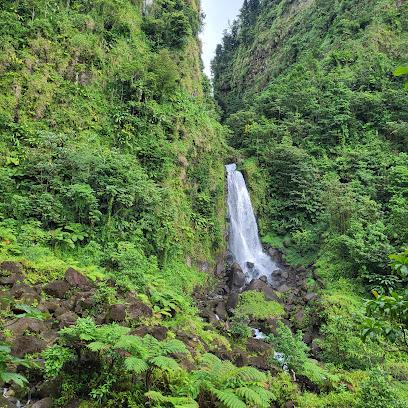
Spanny Falls ticket entrance
Experience the breathtaking beauty of Spanny Falls in Dominica, a perfect hiking destination for nature lovers and adventurers seeking tranquility.
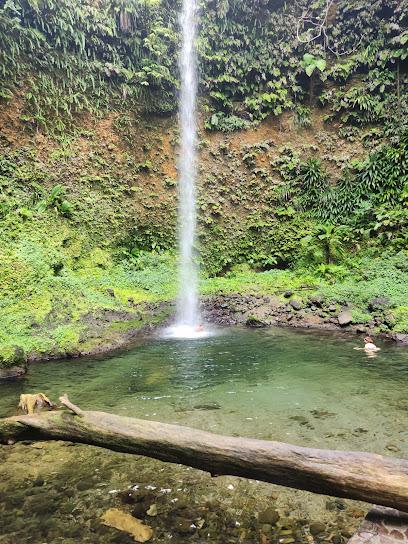
Essential places to dine
Chez Wen Cuisine
Experience fresh seafood delights at Chez Wen Cuisine in Scott's Head, where local flavors meet breathtaking Caribbean views.
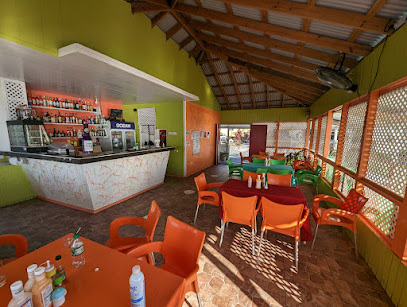
Coral Reef Bar & Restaurant
Discover Coral Reef Bar & Restaurant: where Caribbean flavors meet breathtaking ocean views in Calibishie.
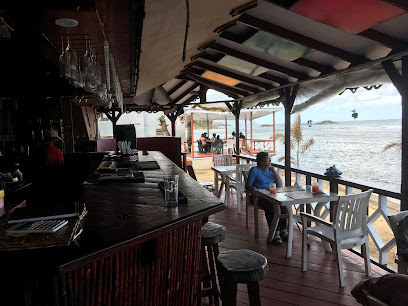
The Great Old House
Experience authentic Dominican flavors at The Great Old House in Roseau – where every meal is a celebration of local cuisine.

Zeb Zepis Bistro
Discover Zeb Zepis Bistro: Savor exquisite French cuisine amidst the stunning landscapes of Pont Cassé near the Emerald Pool.
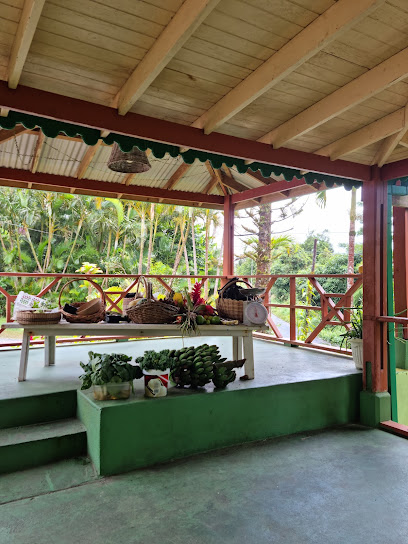
Islet View Restaurant & Bar
Experience breathtaking views and authentic Caribbean cuisine at Islet View Restaurant & Bar in Castle Bruce.
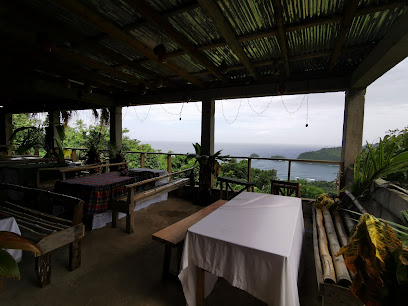
Pagua Bay Bar & Grill
Discover Pagua Bay Bar & Grill: where American flavors meet Caribbean charm amidst stunning bay views.
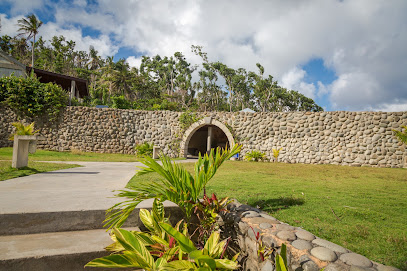
View Point Restaurant and Bar
Discover exquisite local cuisine amidst breathtaking views at View Point Restaurant and Bar in Trafalgar, Roseau.
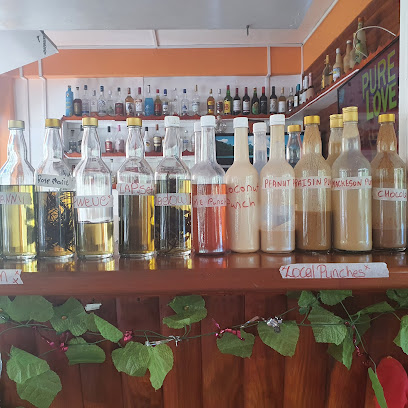
Brunch and Munch
Discover the flavors of Fond Cani at Brunch and Munch—your ultimate destination for delightful brunch experiences.
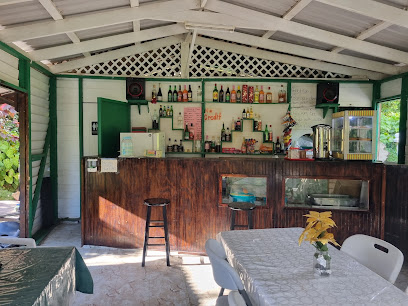
Shyan's Shop and Bar
Discover Shyan's Shop and Bar in Pont Cassé - where local Caribbean cuisine meets international delights in a vibrant setting.
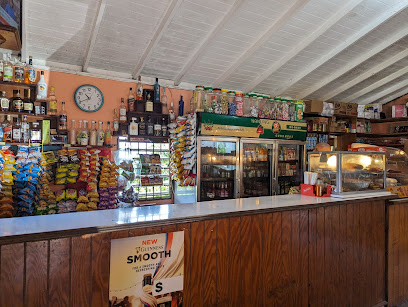
La Petite Bistro
Experience culinary delight at La Petite Bistro on Marigot's beautiful Bayfront – where every meal is paired with stunning waterfront views.
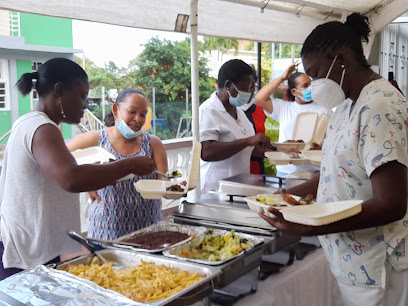
Sardonyx Restaurant & Bar
Discover culinary excellence at Sardonyx Restaurant & Bar in Mero, where local flavors meet international cuisine amidst breathtaking views.
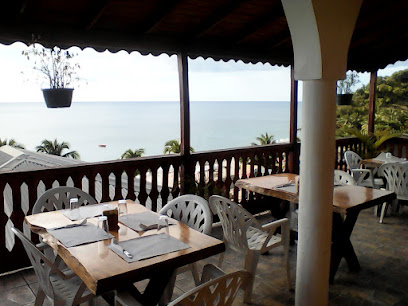
Riverside Café
Discover Riverside Café: A must-visit restaurant in La Plaine offering exquisite Caribbean cuisine amid stunning natural beauty.
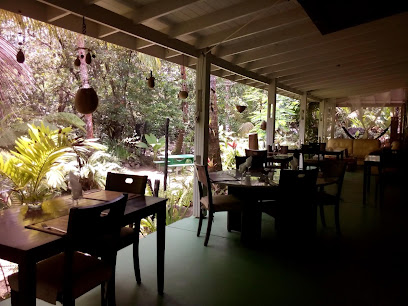
Patrick's Restaurant and Bar
Experience authentic Caribbean cuisine at Patrick's Restaurant and Bar in Grand Fond - where every meal is a taste of paradise.
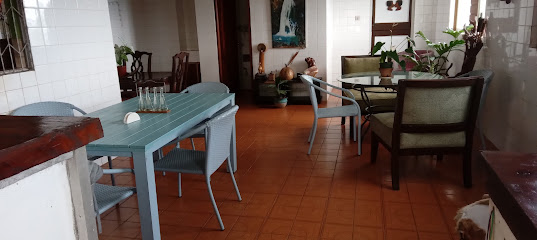
Road House, Restaurant & Bar
Experience authentic Caribbean cuisine at Road House, Restaurant & Bar in Mahaut – where flavor meets affordability.
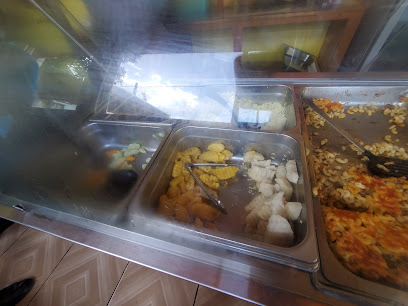
Last Flight Bar & Grill
Experience authentic Caribbean flavors at Last Flight Bar & Grill in Marigot—where every meal is a celebration of taste and hospitality.
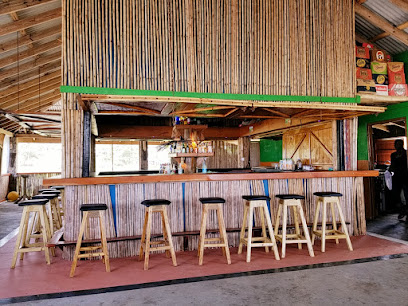
Markets, malls and hidden boutiques
James Store
Explore James Store in Portsmouth for unique local crafts, souvenirs, and a vibrant shopping experience filled with culture and creativity.
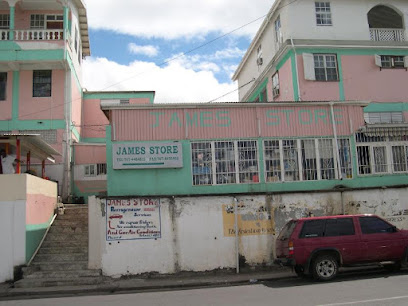
Jays Limited bookstore
Explore the heart of Roseau at Jays Limited bookstore, where local culture meets a diverse selection of books, inviting all literary enthusiasts.
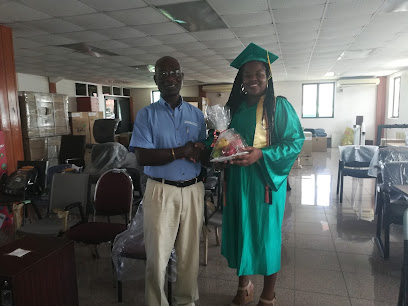
Duty Free Emporium
Explore unbeatable prices on luxury goods at the Duty Free Emporium in Roseau - your premier shopping destination in the Caribbean.
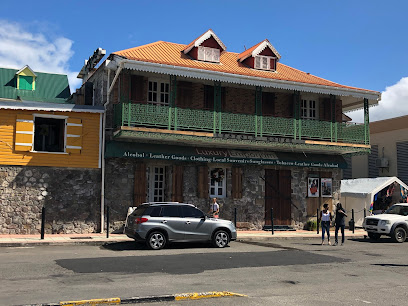
Majic Mart
Discover local flavors and fresh produce at Majic Mart in Mahaut, your go-to grocery store for an authentic Caribbean shopping experience.
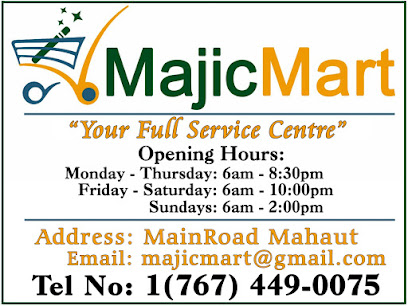
Pokey’s Bakery
Discover the sweet taste of the Caribbean at Pokey’s Bakery in Castle Bruce, where every bite offers a delightful blend of local flavors and warm hospitality.

Un!k Shopping Mart
Discover local flavors and vibrant culture at Un!k Shopping Mart in St. Joseph, a must-visit grocery store for every traveler.

Sanford's Minimart
Explore Bataka's vibrant local culture with a visit to Sanford's Minimart, your one-stop grocery destination for fresh produce and local treats.
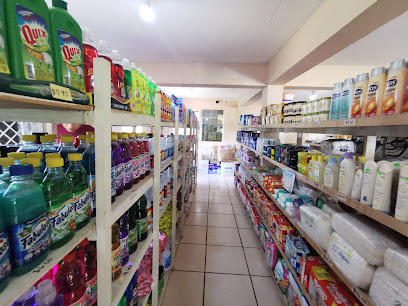
Ma Cuffy's Shop
Explore the vibrant local culture at Ma Cuffy's Shop, where authentic Dominican crafts and fresh produce await along the scenic Mahuat River.

Sandra's Bakery
Discover the irresistible flavors of the Caribbean at Sandra's Bakery in Castle Bruce, where every bite is a sweet delight.

R&F Mini mart
Discover local flavors and essentials at R&F Mini Mart in Good Hope, your convenient supermarket for a delightful shopping experience.

Levis Store/Limer's Jeans Inc
Shop the latest in stylish denim and apparel at Levis Store in Roseau, your fashion destination in Dominica.
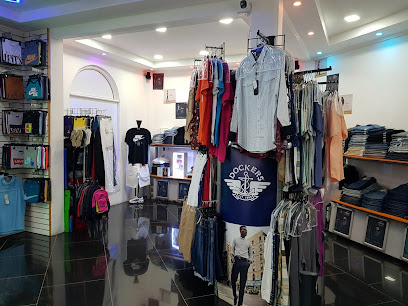
Bern's Minimart Grocery
Explore local flavors at Bern's Minimart Grocery in Atkinson, where fresh produce and friendly service meet a taste of Dominican culture.

Mino's Snackette & Boutique
Discover the heart of Wotten Waven at Mino's Snackette & Boutique, a local grocery store offering delicious treats and island charm.
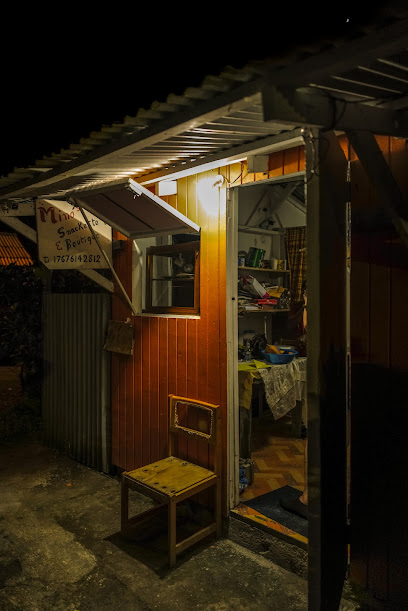
Heaven Scent
Explore Heaven Scent in Canefield for unique home goods and authentic local crafts that make perfect souvenirs and decor.

Ma Barrie's Grocery Shop
Explore the authentic charm of Ma Barrie's Grocery Shop in Bataka, where local flavors and warm hospitality come together in a delightful shopping experience.

Essential bars & hidden hideouts
Islet View Restaurant & Bar
Experience exquisite Caribbean cuisine with breathtaking coastal views at Islet View Restaurant & Bar in Castle Bruce, Dominica.
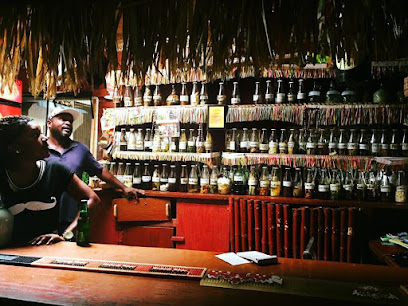
Pagua Bay Bar & Grill
Experience the perfect blend of American cuisine and stunning Caribbean views at Pagua Bay Bar & Grill in Marigot.

Shorties Bar
Experience Cochrane's nightlife at Shorties Bar, where vibrant ambiance and friendly service create unforgettable moments.

Nico's Rum Shop
Discover the heart of Caribbean culture at Nico's Rum Shop in Good Hope, where vibrant music, delicious rum, and local flavors await your visit.
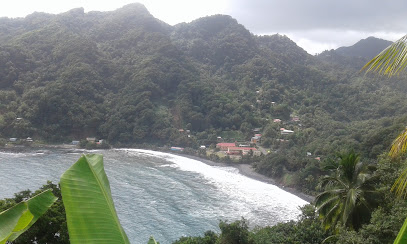
Kool Breeze Bar
Discover the vibrant Kool Breeze Bar in Marigot, where refreshing drinks and tropical vibes create the perfect getaway for tourists seeking relaxation.
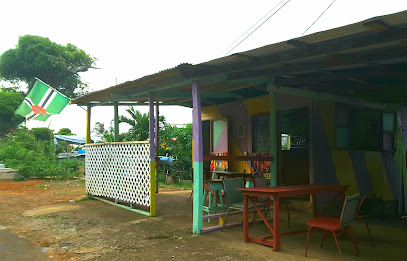
Belto's Bar & Grill- Dominica
Experience the vibrant flavors of Dominica at Belto's Bar & Grill, where local cuisine meets Caribbean hospitality in a stunning setting.
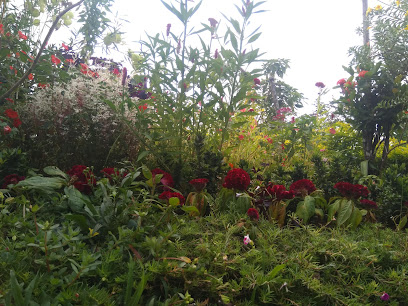
Catalinas
Experience the flavors of the Caribbean at Catalinas, a top-rated restaurant in Castle Bruce, known for its fresh, local ingredients and vibrant atmosphere.
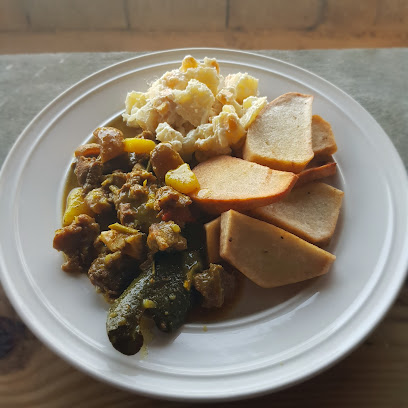
Curlz Cuisine
Experience the best of Caribbean cuisine at Curlz Cuisine in Castle Bruce, where every dish tells a story of flavor and tradition.
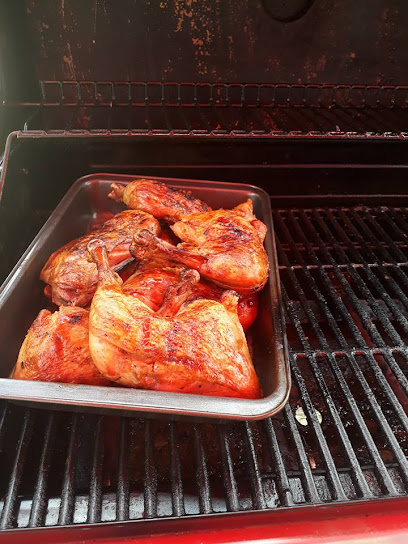
Wendy's Place
Experience the vibrant flavors of Good Hope at Wendy's Place, where every meal is a celebration of grilled perfection and local culture.
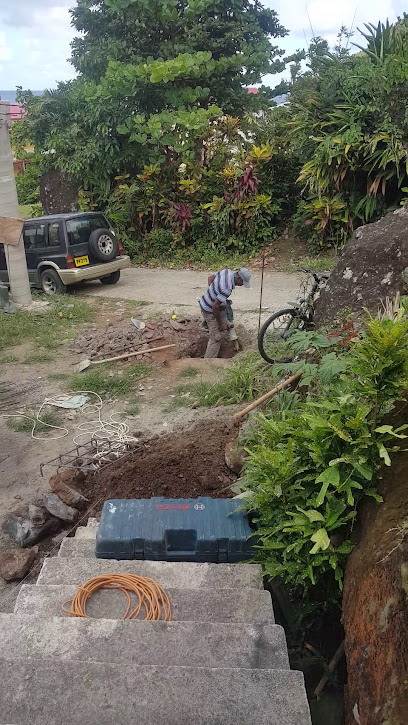
Eclipse Pub & Games
Experience the lively atmosphere of Eclipse Pub & Games in Marigot, a perfect blend of great drinks, games, and local culture.
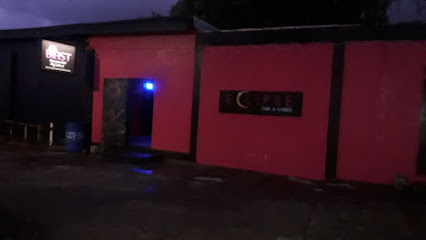
Miz Belle's Bar And Cuisine
Experience the vibrant flavors of the Caribbean at Miz Belle's Bar And Cuisine, the heart of Bataka's culinary scene.

Drea's Bar
Discover the vibrant atmosphere of Drea's Bar in Belles, where great drinks and local culture come together for an unforgettable experience.

Drea's Bar & Grill
Experience the vibrant flavors of the Caribbean at Drea's Bar & Grill in Belles Village, where every meal is a celebration of local culture.

Christoe's yard bar &Restaurant
Experience the heart of Caribbean culture at Christoe's Yard Bar & Restaurant, where local flavors and vibrant ambiance come together.

Bar Tough
Discover the vibrant nightlife of Mero at Bar Tough, where local flavors and friendly vibes come together for an unforgettable experience.

Local Phrases
-
- HelloWey oh
[way oh] - GoodbyeBye for now
[bye for now] - YesWi
[wee] - NoNon
[nohn] - Please/You're welcomePli zan
[plee zahn] - Thank youTank yu
[tank yoo] - Excuse me/SorryEkskiyz mi
[ek-skyooz mee] - How are you?Kòman ou ye?
[ko-mahn ooh yeh] - Fine. And you?Byen. E ou?
[byehn. eh ooh?] - Do you speak English?Ou pale angle?
[oo pah-lay ahn-glay] - I don't understandMwen pa konprann
[mwen pah kohn-prahn]
- HelloWey oh
-
- I'd like to see the menu, pleaseMwen ta renmen wè meni an, souple
[mwen tah rehn-mehn way meh-nee ahn, soo-pleh] - I don't eat meatMwen pa manje kawòn
[mwen pah mahn-jeh kah-won] - Cheers!Shay!
[shay] - I would like to pay, pleaseMwen ta renmen peye, souple
[mwen tah rehn-mehn pay-yeh, soo-pleh]
- I'd like to see the menu, pleaseMwen ta renmen wè meni an, souple
-
- Help!Sekou!
[seh-koo] - Go away!Alé!
[ah-leh] - Call the Police!Rele Polis la!
[reh-leh poh-lees lah] - Call a doctor!Rele yon doktè!
[reh-leh yohn dohk-teh] - I'm lostMwen pedi
[mwen peh-dee] - I'm illMwen malad
[mwen mah-lahd]
- Help!Sekou!
-
- I'd like to buy...Mwen ta renmen achte...
[mwen tah rehn-mehn ah-sh-teh] - I'm just lookingMwen jis gade
[mwen zheez gah-deh] - How much is it?Konbyen sa koute?
[kohn-byehn sah koot] - That's too expensiveSa twò chè
[sah t'woh sheh] - Can you lower the price?Ou ka bese pri la?
[oo kah behs pray lah]
- I'd like to buy...Mwen ta renmen achte...
-
- What time is it?Ki lè li ye?
[kee leh lee yeh] - It's one o'clockLi yonnè
[lee yohn-nay] - Half past (10)Demi senk
[deh-mee sahnk] - MorningMaten
[mah-tehn] - AfternoonApremidi
[ah-preh-mee-dee] - EveningAswè
[ah-sweh] - YesterdayYe
[yeh] - TodayJodi a
[joh-dee ah] - TomorrowDemen
[dey-mehn] - 1Yonn
[yohn] - 2De
[deh] - 3Twal
[twahl] - 4Kat
[kaht] - 5Senk
[sahnk] - 6Sis
[sees] - 7Sèt
[set] - 8Uit
[weet] - 9Nèf
[nef] - 10Dis
[dees]
- What time is it?Ki lè li ye?
-
- Where's a/the...?Koté yon/la... ye?
[koh-teh yohn/lah yeh] - What's the address?Ki adres la ye?
[kee ah-drehs lah yeh] - Can you show me (on the map)?Ou ka montre mwen (sou kat)?
[oo kah mohn-tray mwen (soo kaht)] - When's the next (bus)?Ki lè pwochen (bous) la ye?
[kee leh pwosh-ehn (boos) lah yeh] - A ticket (to ....)Yon tikè (pou ....)
[yohn tee-keh (poo)]
- Where's a/the...?Koté yon/la... ye?
History of Castle Bruce
-
Before the arrival of European settlers, the area now known as Castle Bruce was inhabited by the Kalinago people. The indigenous Kalinago were skilled navigators, farmers, and warriors. They had established a thriving community, utilizing the abundant natural resources and the strategic coastal location for trade and defense.
-
The name 'Castle Bruce' is believed to have originated during the period of European colonization. In the 18th century, French and British powers vied for control of Dominica. The area was named after James Bruce, a prominent British colonial administrator. The British influence continued to shape the region's development, leaving behind a legacy of colonial architecture and settlement patterns.
-
During the plantation era, Castle Bruce became part of the island's agricultural landscape. Sugar cane, coffee, and cocoa plantations were established by European settlers, relying heavily on the labor of enslaved Africans. The remnants of these plantations can still be seen today, offering a glimpse into the region's colonial past and the harsh realities of slavery.
-
Following the abolition of slavery in the 1830s, Castle Bruce underwent significant social and economic changes. Freed African descendants began to establish their own communities, cultivating small farms and engaging in trade. The area saw a shift from large-scale plantations to more diversified agriculture, including the cultivation of bananas and other crops for export.
-
In 1979, Hurricane David devastated Dominica, including the Castle Bruce area. The hurricane caused widespread destruction, but the resilience of the local community led to a determined rebuilding effort. This period highlighted the strength and unity of the people of Castle Bruce as they worked together to restore their homes and livelihoods.
-
Today, Castle Bruce is a vibrant community that blends its historical heritage with modern development. The area is known for its stunning natural beauty, including pristine beaches, lush forests, and scenic rivers. Castle Bruce has become a popular destination for eco-tourism, attracting visitors who are eager to explore its rich history, cultural heritage, and natural wonders.
Castle Bruce Essentials
-
Castle Bruce is located on the east coast of Dominica. The nearest airport is Douglas-Charles Airport (DOM), approximately 30 kilometers north of Castle Bruce. From the airport, you can hire a taxi or rent a car to reach Castle Bruce. The drive typically takes around 45 minutes. Alternatively, you can take a bus from Roseau, the capital city, which is about 30 kilometers west of Castle Bruce. The bus ride offers scenic views and takes approximately 1.5 hours.
-
Castle Bruce is a small town, and many attractions are within walking distance. Local buses and minibuses operate within the town and connect to nearby villages, making it easy to explore the area. Taxis are also available and can be hired for a day or specific trips. Renting a car is a convenient option for those who wish to explore the island at their own pace. Be aware that driving is on the left side of the road.
-
The official currency in Dominica is the Eastern Caribbean Dollar (XCD). U.S. dollars are also widely accepted. Credit cards are accepted in most hotels, restaurants, and shops, but it is advisable to carry some cash, especially for small purchases and in more remote areas. ATMs are available in Castle Bruce, but it is a good idea to withdraw enough cash before traveling to ensure you have sufficient funds.
-
Castle Bruce is generally safe for tourists. However, it is important to take standard precautions. Avoid walking alone at night in unfamiliar areas and keep an eye on your belongings in crowded places. While there are no specific high-crime areas targeting tourists in Castle Bruce, staying vigilant and aware of your surroundings is always advisable.
-
In case of emergency, dial 999 for immediate assistance. The local police station and medical facilities are available in Castle Bruce. It is recommended to have travel insurance that covers medical emergencies. For minor health issues, there are pharmacies in the town where you can purchase over-the-counter medications.
-
Fashion: Do dress modestly when visiting local communities and religious sites. Avoid wearing revealing clothing. Religion: Do respect local customs and traditions. Always behave respectfully in places of worship. Public Transport: Do be courteous to fellow passengers. Don’t eat or drink on public transport. Greetings: Do greet people with a friendly hello or a handshake. A smile goes a long way. Eating & Drinking: Do try local dishes and accept invitations to eat with locals. Don’t refuse food or hospitality, as it may be considered impolite.
-
To experience Castle Bruce like a local, visit the local markets where you can purchase fresh produce and traditional goods. Engage with the residents, who are often friendly and eager to share stories about their culture and history. Don't miss visiting the nearby Emerald Pool, a beautiful natural attraction. Try participating in local festivals and events to get a deeper understanding of the local way of life.
Trending Landmark in Castle Bruce
Nearby Cities to Castle Bruce
-
Things To Do in La Plaine
-
Things To Do in Mahaut
-
Things To Do in Roseau
-
Things To Do in Rodney Bay
-
Things To Do in Gros Islet
-
Things To Do in Castries
-
Things To Do in Dauphin
-
Things To Do in Marigot Bay
-
Things To Do in Anse la Raye
-
Things To Do in Canaries
-
Things To Do in Soufrière
-
Things To Do in Praslin
-
Things To Do in Woodlands
-
Things To Do in Malgretoute
-
Things To Do in English Harbour







